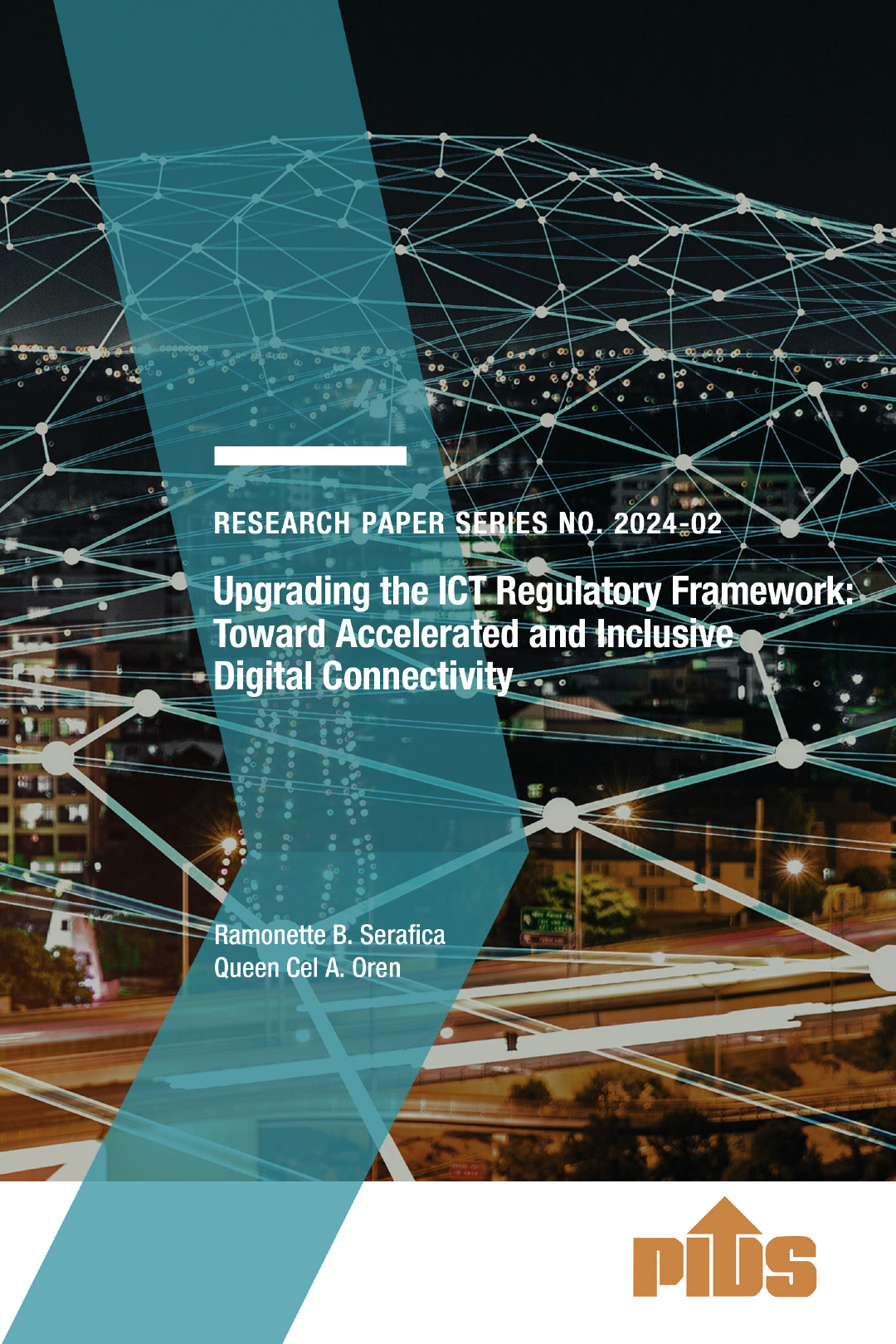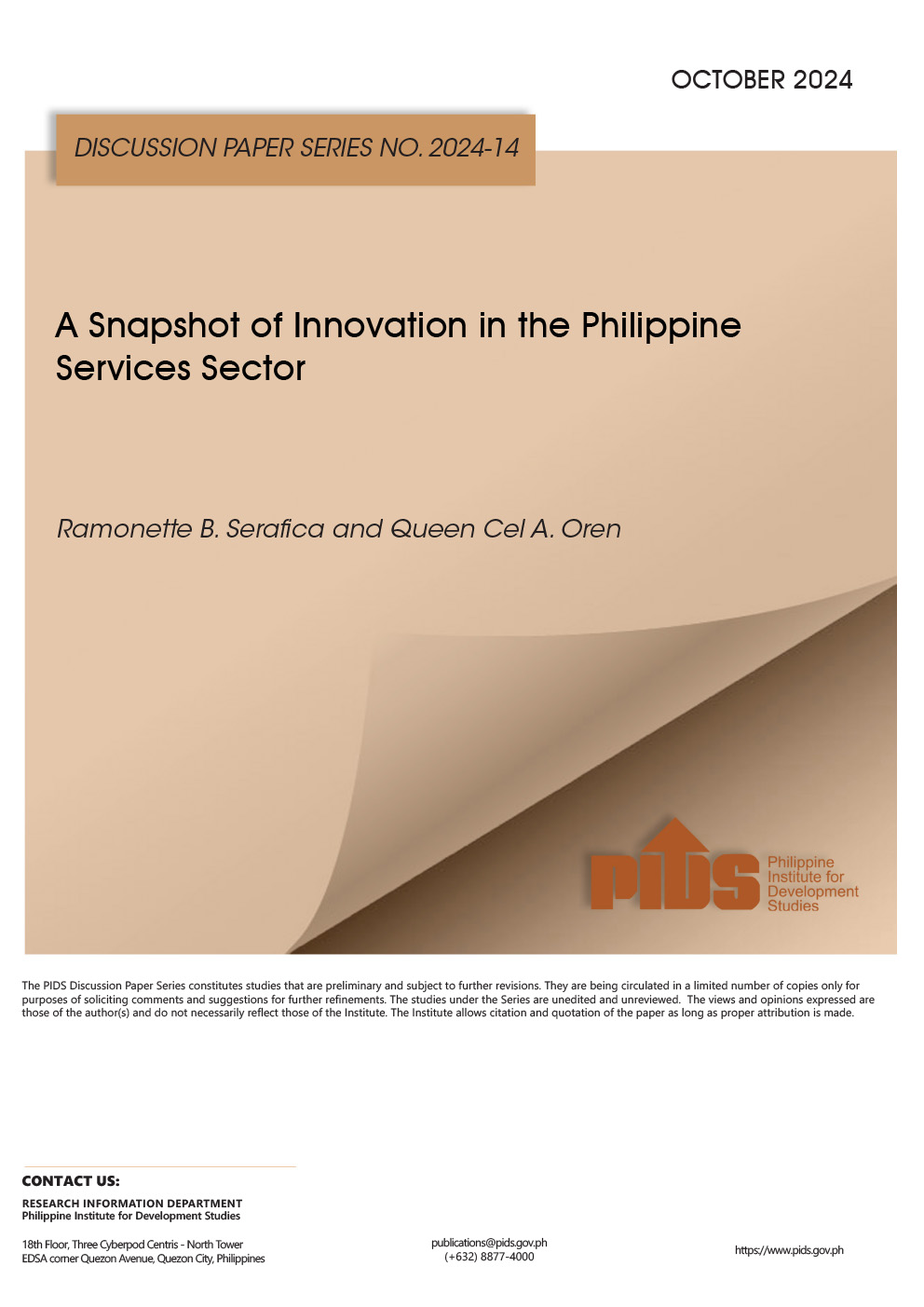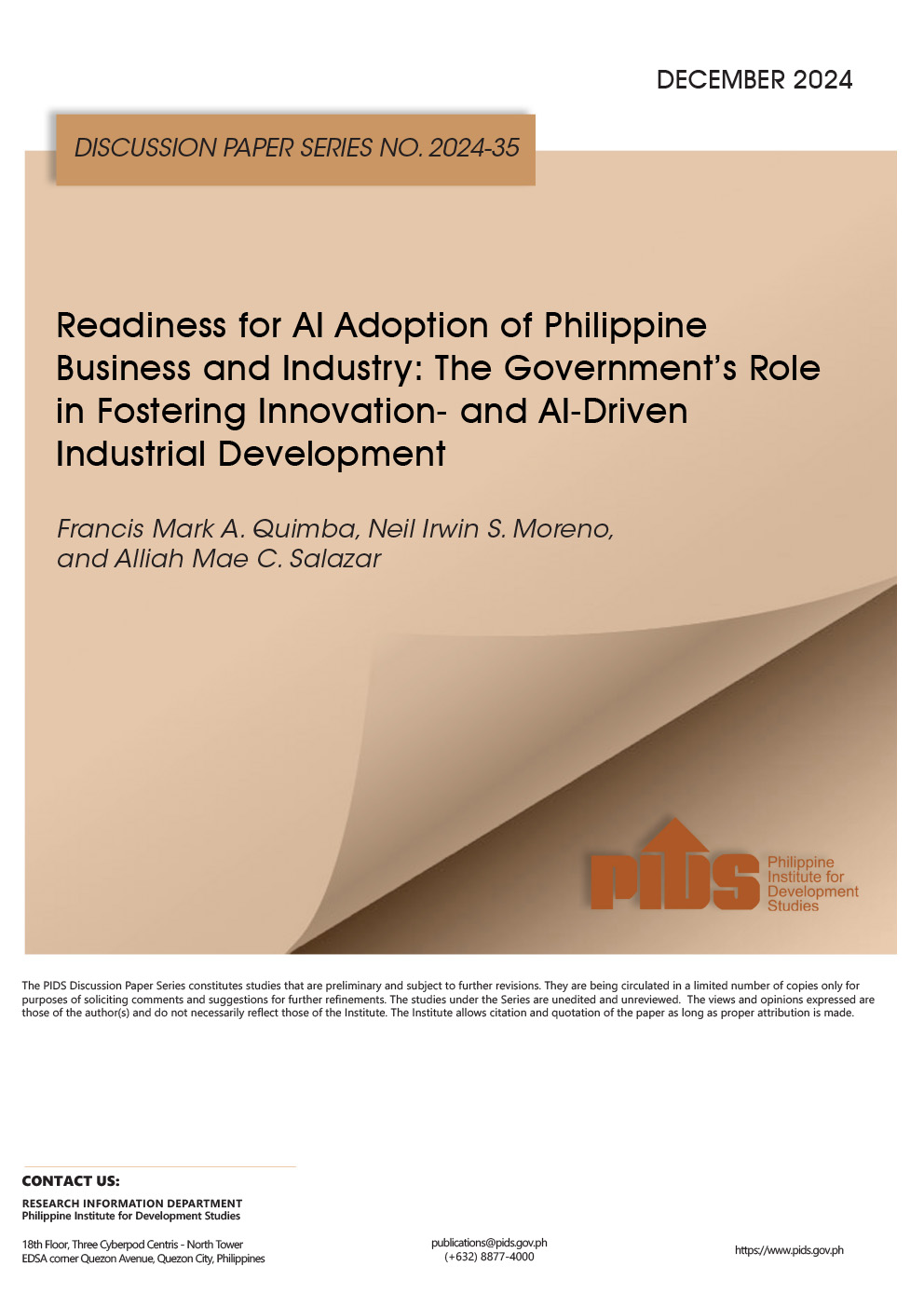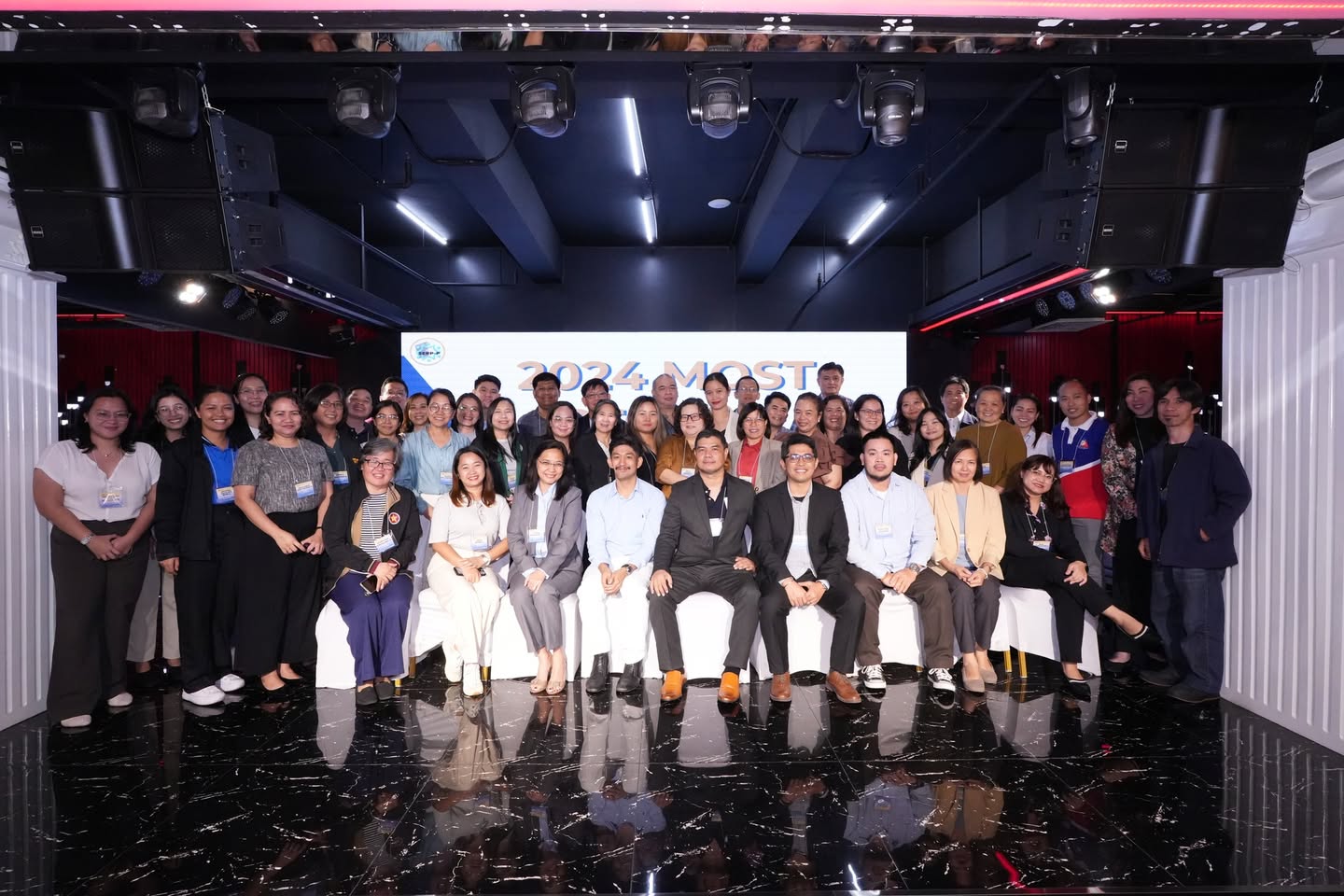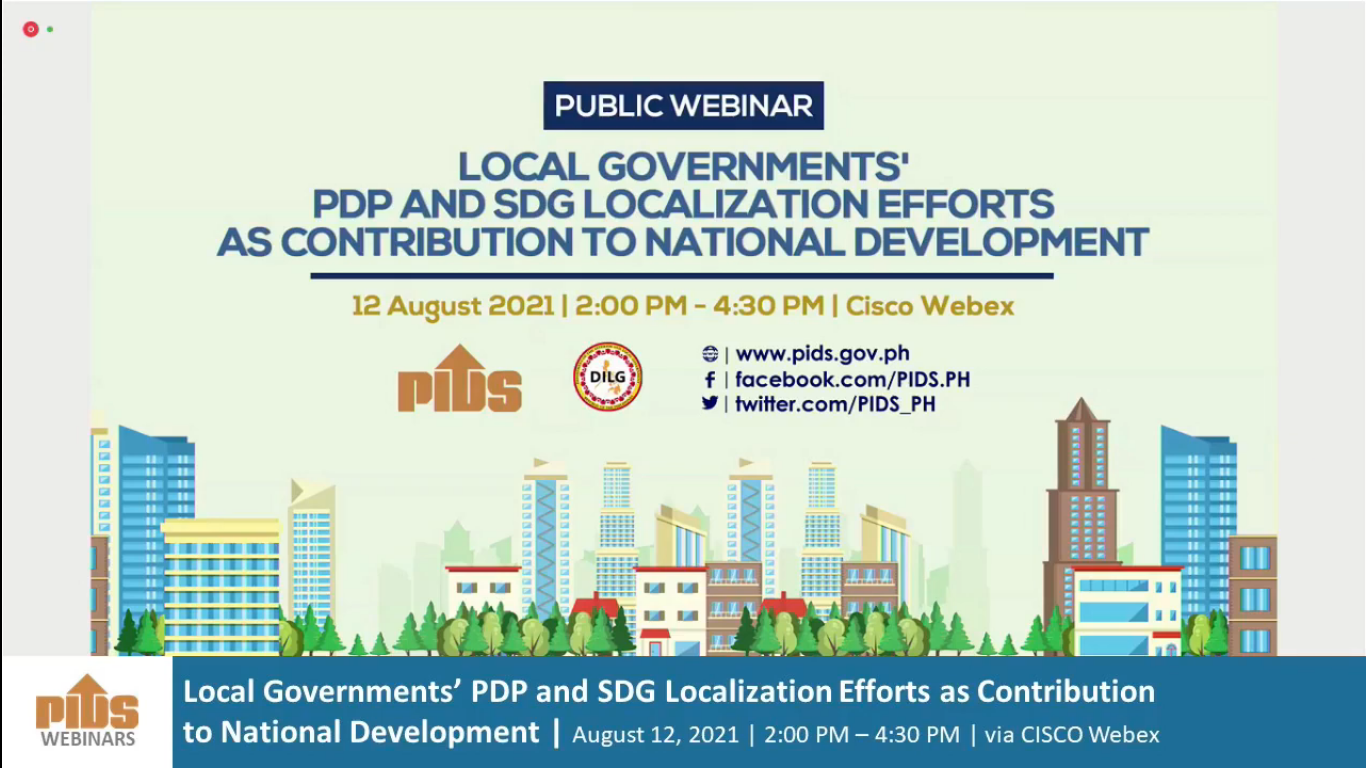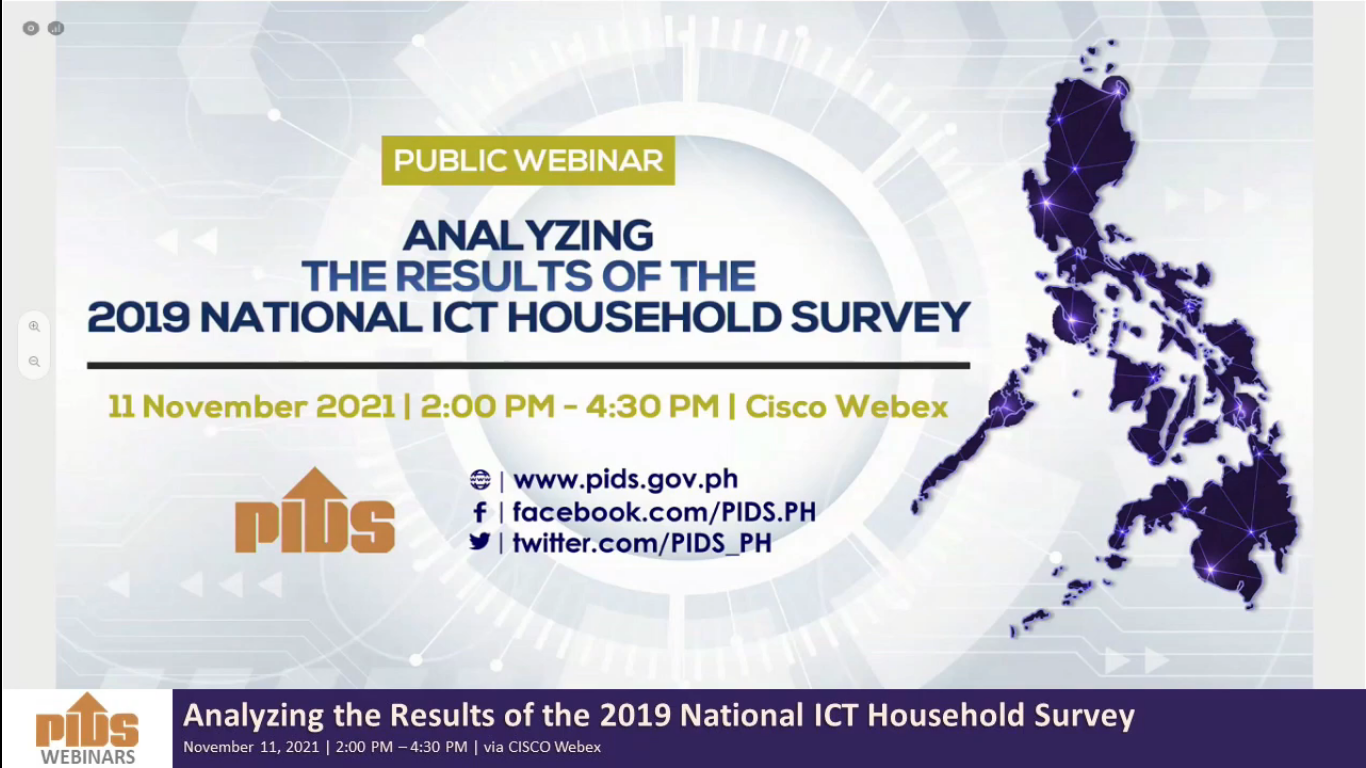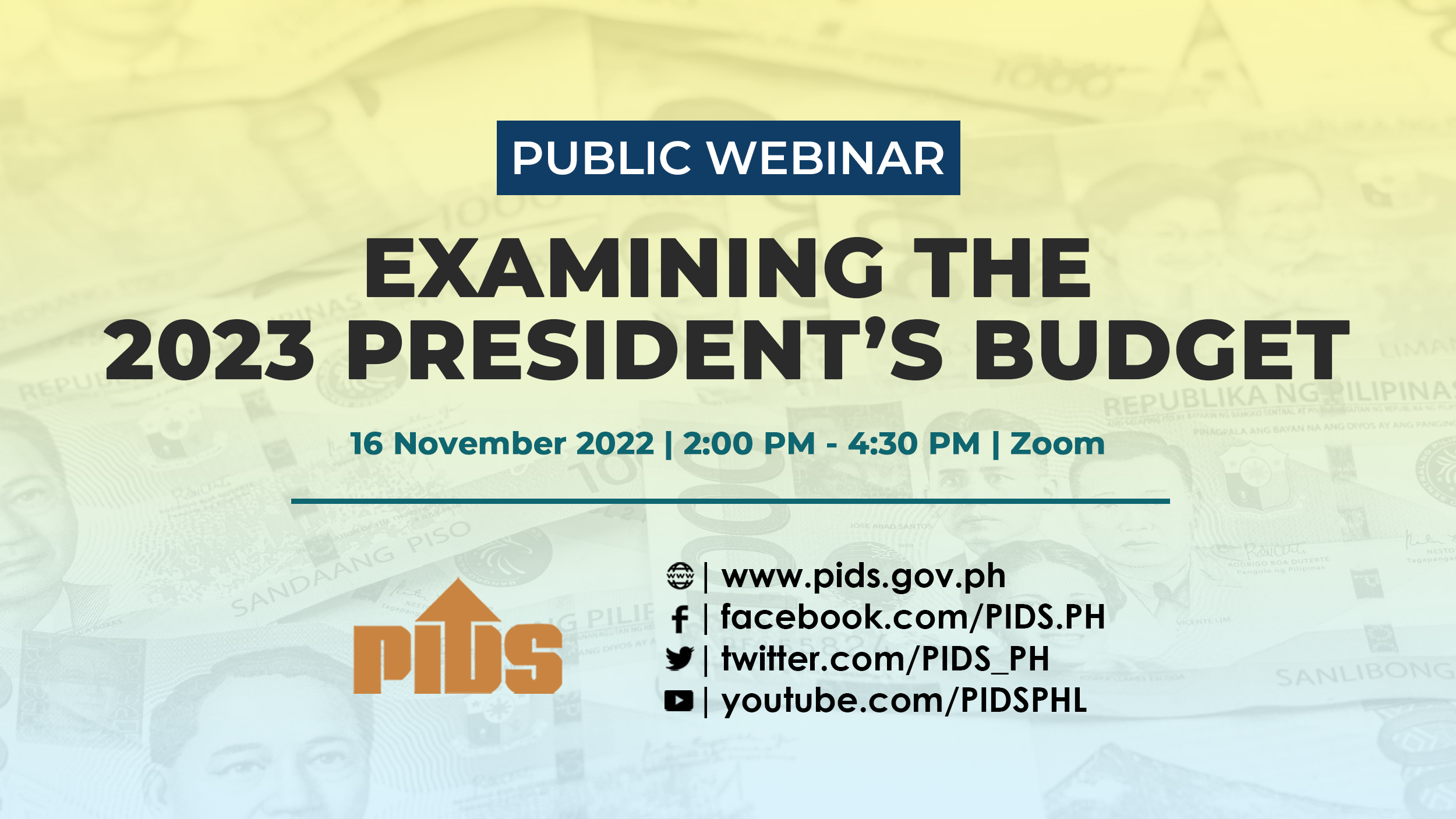IT was more than two years ago when the World Economic Forum (WEF) first called global attention to the impending upheaval brought about by what is now known as the Fourth Industrial Revolution, a phenomenon characterized by a “fusion of technologies that is blurring the lines between the physical, digital and biological spheres.”
The need to prepare for this upheaval finally came to the consciousness of Filipino policymakers this September, at least officially, when the government and the rest of the country observe the 16th Development Policy Research Month (DPRM).
The Philippine Institute for Development Studies (PIDS), the government think tank, is spearheading the annual observance of the DPRM as mandated by Proclamation 247 issued by Malacañang in 2002.
The objective of this laudable activity is to “promote, enhance, instill and draw nationwide awareness and appreciation of the importance of policy research in national development planning and policymaking; cultivate a strong culture of research and research use among decision makers and the general public, and improve the public’s research and information literacy on socioeconomic issues; and elicit public support for activities that are meant to advance the standard of policy research in the country.”
This year’s DPRM, with the theme, “Harnessing the Fourth Industrial Revolution: Creating our Future Today,” could prove to be a watershed in Filipino policymaking.
How the government will deal with this technological upheaval, which the WEF founder, Klaus Schwab, warns will “fundamentally alter the way we live, work and relate to one another,” particularly the disruptions it will bring to the economy, business and people, will dictate what kind of future awaits the country.
How the Fourth Industrial Revolution builds upon its predecessor, the Digital Revolution, and how its effects would be more pervasive or far-reaching than the first two revolutions, (steam and water power; electricity and factories), have been discussed at length by this paper’s columnists and editorial writers. A number of potentially economically disruptive technologies are already here – mobile internet, automation, the internet of things, cloud technology and robotics.
PIDS is correct to focus the discussion on the need for a national strategy to minimize, if not eliminate these disruptions.
In a recent presentation, Jose Ramon Albert, one of the senior research fellows of PIDS, cites findings of the International Labor Organization that nearly half, or 49 percent, of Filipino wage workers “face a high probability of getting affected by automation.”
Fishery laborers (580,000), waiters (574,000), carpenters (525,000) and office cleaners (463,000) “face a high potential of automation,” Albert said.
Facing the biggest risk in automation are about 89 percent of salaried workers in business process outsourcing, because the Fourth Industrial Revolution will “trigger selective reshoring, nearshoring and other structural changes to global value chains.”
Among the members of the Association of Southeast Asian Nations, only Malaysia and Singapore are well positioned to deal with the disruptions of this upcoming upheaval. The Philippines and Thailand are considered “legacy countries,” whose strong production bases today could become liabilities in the future.
The 16th DPRM should steer productive discussions and create a consensus toward a people-centered Philippine strategy to prepare Filipinos ahead of inevitable disruptions brought about by rapid technological innovation and deployment, before it is too late.

